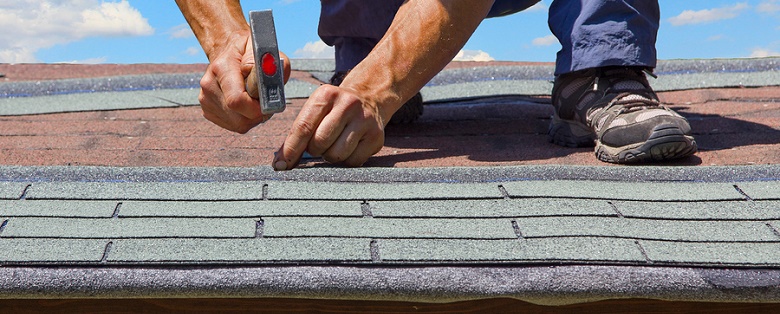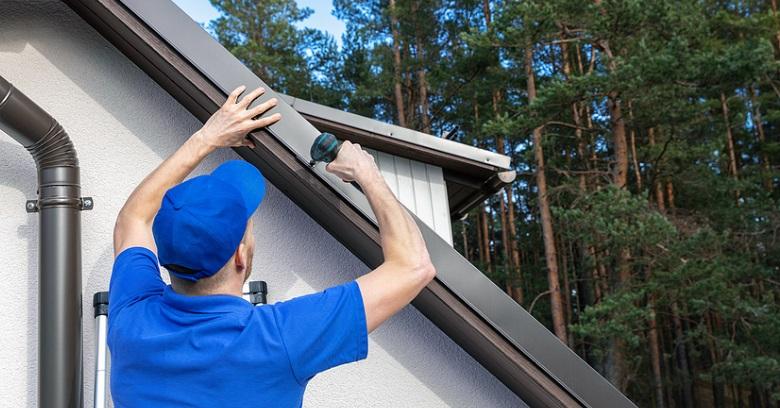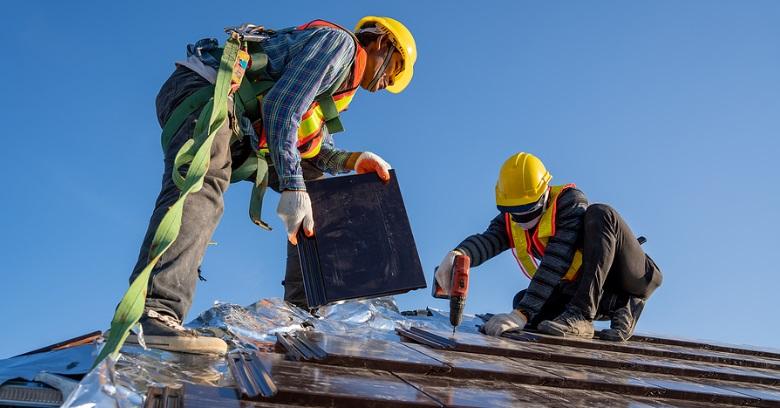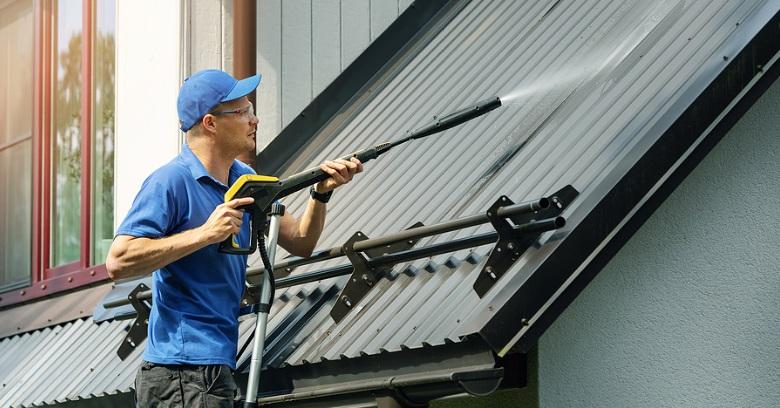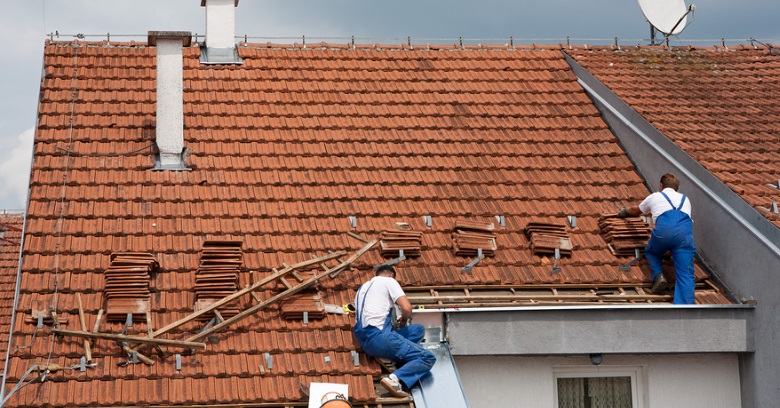A common issue that many asphalt roofer companies see on homes with asphalt shingles is blistering. Shingle blisters can occur for a number of reasons, frequently causing widespread damage across the whole roof. Thankfully, having blisters does not require replacing all the shingles. When noticed by homeowners or roofers, the main concern is to determine the cause, then decide whether repairs are required.
What Are Shingle Blisters?
Shingle blisters are small areas on the product that bubbles up, like a blister someone might suffer in their skin. A roof that is experiencing many small bubbles is said to have “shingle rash.” Like skin blisters, these are also filled with either water or gas that originates from one of two places:
- Moisture In the Shingle Material - Occasionally, moisture can become trapped within the layers of asphalt shingles as they are being manufactured. If this happens, asphalt roofer companies find that blistering may result over time. When shingles get hot over and over again, the moisture trapped between the layers will eventually expand, causing a small bubble to rise up to the surface. This type of blistering can happen on one or two shingles or it can happen over the whole surface depending on how much of the roofing material has been affected.
- Poor Roof Ventilation - The second way that blistering can occur is when there is poor attic ventilation underneath the shingles. Improper ventilation can cause moisture to build up beneath the shingles, heating them from both the underside and the top side. This increases the chance of either moisture or gas bubbles forming within the layers of asphalt felt. Although the end result is similar, roofers warn that blisters caused by poor ventilation suggest a more serious problem that should be immediately corrected.
Do Blisters Mean A New Roof Is Necessary?
It depends. In the first instance where blisters are caused by imperfections in the shingles from the manufacturing process, asphalt roofer companies may not need to replace the shingles immediately as long as they remain in moderately good condition. As long as the asphalt granules stay attached and the blisters are not popping, a new installation can be delayed. Once shingles begin to deteriorate, it is definitely time to discuss with roofers the need to replace them before they can get worse and threaten the water tightness of the roof.
Blisters determined to be caused by poor ventilation are a completely different story. In these cases, when the shingles are correctly made and reacting to heat and moisture build-up underneath, it is essential that the ventilation issue be remedied to prevent more blistering or any other problems caused by poor ventilation.
The shingles may still need to be replaced by asphalt roofer companies based on their condition; however, the primary focus should be to prevent more blistering and correcting ventilation problems before more serious damage can occur like curling, lifting, and even ice damming in the winter.
Taking all this into consideration, it is important that homeowners hire experienced roofers to do routine inspections that can detect blistering and other shingle damage. Blisters can be hard to spot from the ground; however, their presence indicates potentially serious ventilation issues that should be corrected as soon as possible. Experienced asphalt roofer companies can inspect for this type of damage, then offer the best solution to get as much life as possible from a current roof installation!


